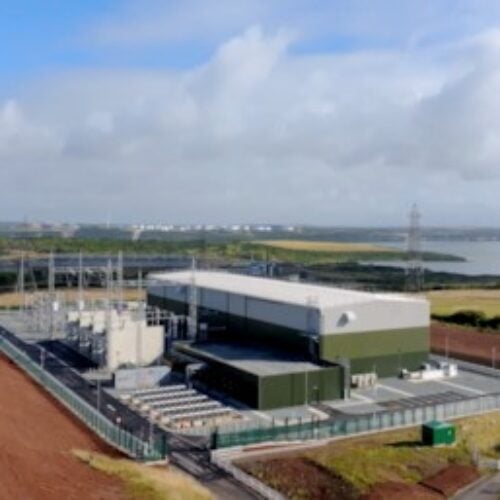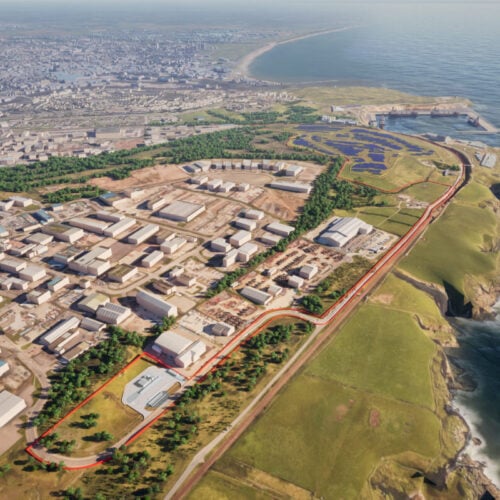RenewableUK has called on the UK government and devolved administrations to reform the planning system to allow green hydrogen projects to be rapidly built across the country.
According to the RenewableUK report dubbed Planning for Onshore Green Hydrogen, the current planning system is stated as being “too slow, complex and difficult to navigate for developers” which has a major hindrance on the scale and speed at which hydrogen projects can be developed.
There is limited national planning guidance specific to green hydrogen across the UK, so local planning authorities and national governments have a very limited framework to provide guidance, RenewableUK highlighted.
Another major planning issue is situated around co-location of electrolysis with large wind and solar farms. Under the current guidelines, it is unclear if a green hydrogen project can be included in the same planning application as an integral part of the site. This will need rectifying in order to unlock the UK’s budding hydrogen economy.
The RenewableUK report also outlined a number of recommendations to support the UK’s rollout of green hydrogen production. This includes an update on guidance to include green hydrogen, a strategic approach to future water needs for electrolysis, futureproofing the environmental regulators and health and safety executive for net zero, modernisation of the planning regime for green hydrogen and educating relevant stakeholders about green hydrogen.
“Green hydrogen is a game-changing technology which has vital role to play in the UK’s transition to net zero, as it’s a flexible clean power source which can be used across an extraordinarily wide range of sectors, and it can be stored so that we can use it whenever we need it, adding vital security and flexibility to our modern energy system,” said RenewableUK’s senior policy analyst for Emerging Technologies Laurie Heyworth.
“But at the moment there’s a policy vacuum in the planning system which makes limited reference to this cutting-edge technology. So we need to see planning guidance overhauled to enable new projects to go ahead as swiftly as possible to build a new industry and help us to meet our climate change goals. This report sets out in detail the changes which we need to make this happen as a matter of urgency.”
Hydrogen received a significant boost yesterday via the UK government’s ‘Green Day’ package which included a £240 million Net Zero Hydrogen fund. This investment would back new green hydrogen production projects
This also saw the government provide financial aid to several projects across the UK being developed by Octopus Hydrogen and Carlton Power. The Octopus project will be situated in Lanarkshire in Scotland, and could become the company’s largest electrolytic green hydrogen project to date. The funding, being provided via the Net Zero Hydrogen Fund, will unlock the Final Investment Decision for the project.
Current±’s publisher Solar Media will host the Green Hydrogen Summit on 18-19 April 2023 in Lisbon. The event will explore green hydrogen’s role in shipping, its production, supply chains, financing and renewable hydrogen derivatives and their applications. For more information, go to the website.

Despite the UK government supporting hydrogen in the Energy Security Day package, more must be done to truly unlock the potential of the sector and technology.
Co-location in particular can be a truly influential method in scaling the green hydrogen ecosystem in Britain. Electrolysers coupled with the UK’s wind capabilities could bolster green hydrogen production, but the planning system must enable this. Doing so could be a major boost in reaching the 10GW hydrogen generation by 2030 target.






